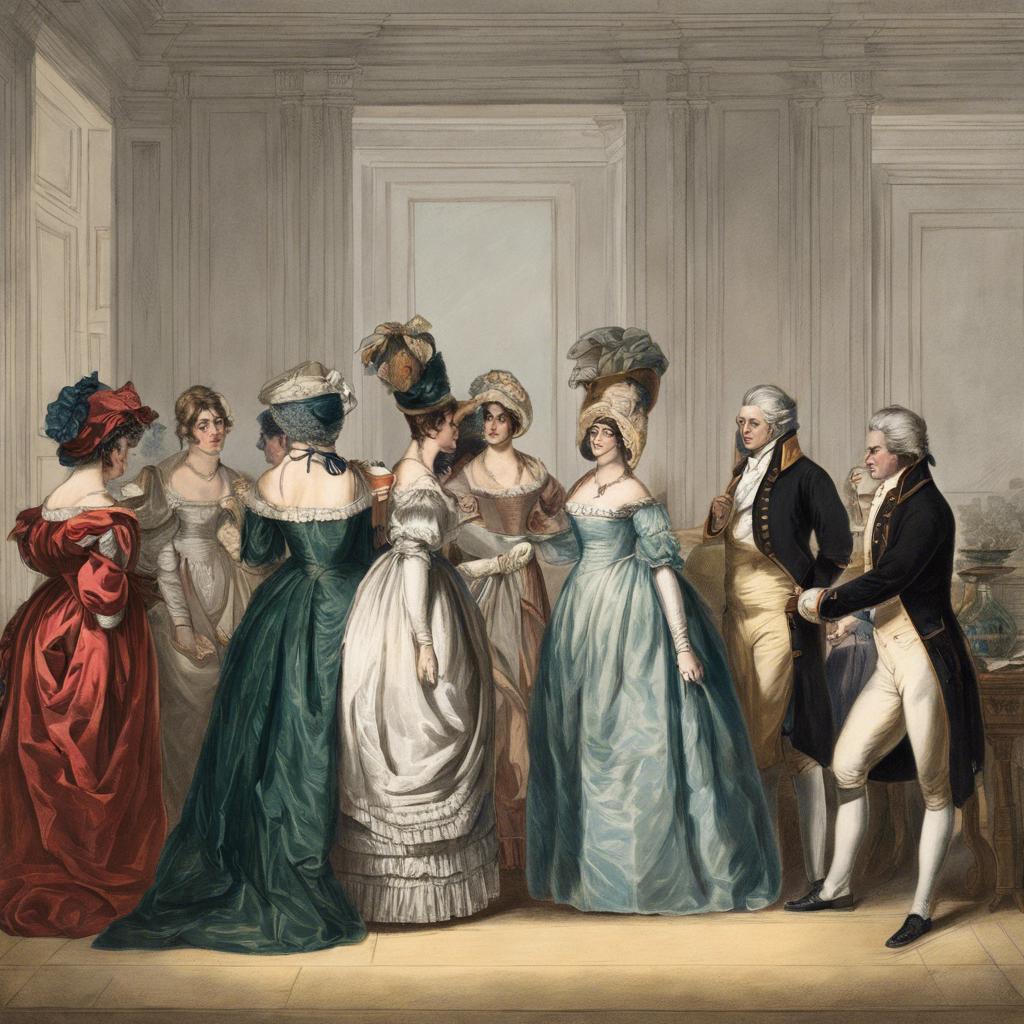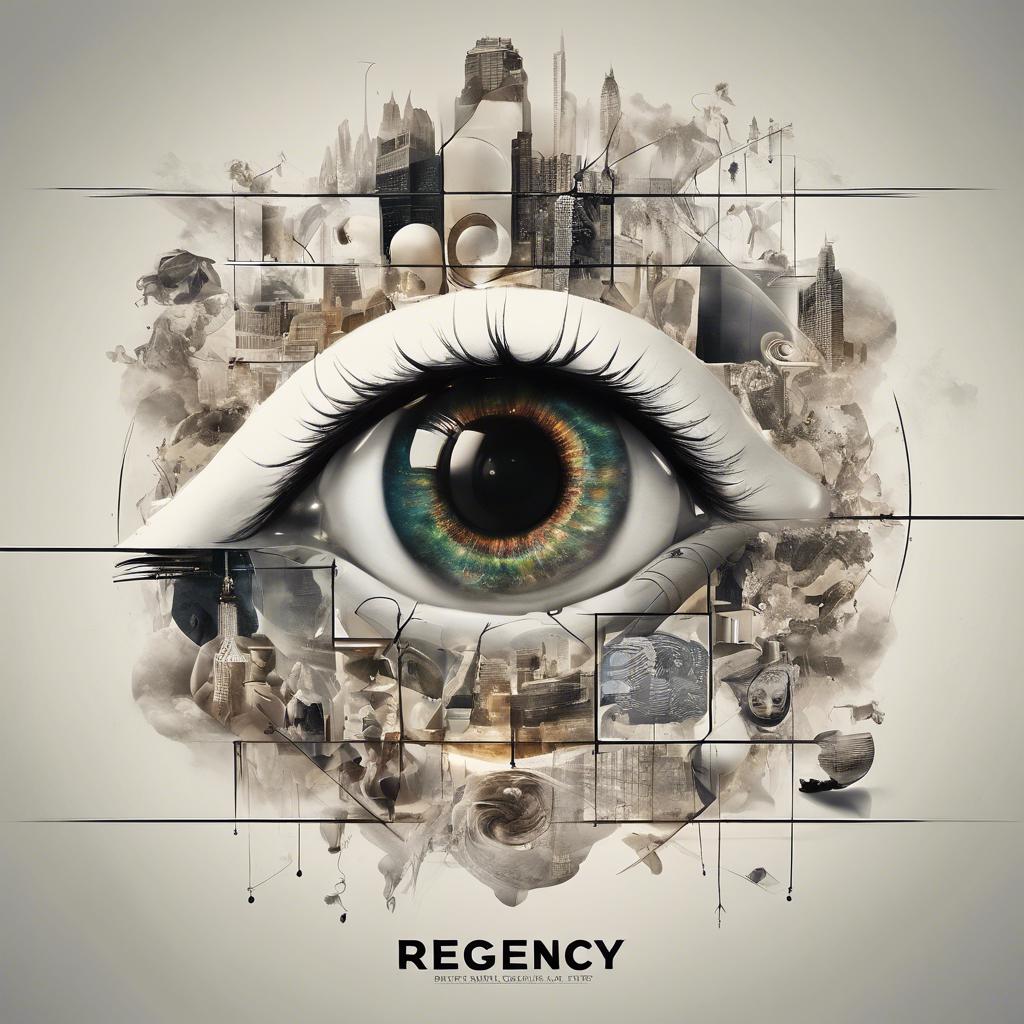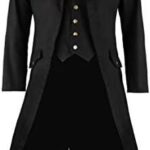During the early 19th century, a period characterized by elegance and refinement emerged in British society - the Regency Era. This era, named after the Regency period of Prince George IV, marked a significant shift in fashion, politics, and cultural norms. Understanding the meaning and significance of the Regency Era provides valuable insights into the societal changes and developments that took place during this pivotal time in history. Let us delve into the intricacies of the Regency Era and explore its lasting impact on the world.
Step Into the World of Cheryl Bolen
Dive into the enchanting stories of love, intrigue, and elegance set in the Regency Era. Cheryl Bolen's novels offer timeless romance and captivating tales that will leave you wanting more.
Explore Cheryl Bolen's Books Now
– Unpacking the Regency Era: A Dive into its Societal Influence
The Regency Era, spanning from 1811 to 1820, was a defining period in British history characterized by the rule of King George IV as Prince Regent. This era was marked by significant social, political, and cultural changes that continue to influence modern society. Let’s take a closer look at the societal impact of the Regency Era and how it shaped the world we live in today.
Key aspects of the Regency Era:
-
Fashion: The Regency Era was renowned for its distinctive fashion trends, including high-waisted dresses for women and tailcoats for men. These styles reflected a departure from the elaborate fashions of the Georgian era, emphasizing simplicity and elegance.
-
Literature: This period saw the rise of renowned authors such as Jane Austen, whose works explored themes of love, class, and society. Austen’s novels, such as “Pride and Prejudice” and “Sense and Sensibility,” continue to be celebrated for their wit and social commentary.
-
Architecture: The Regency Era was a time of architectural innovation, with the popularity of the neoclassical style and the emergence of the Regency architecture. This period gave rise to iconic buildings such as the Royal Pavilion in Brighton, known for its exotic design elements and opulent interiors.
A glimpse into Regency society:
-
Social class: The Regency Era was characterized by a rigid social hierarchy, with distinctions between the aristocracy, gentry, and working class. This stratified society influenced every aspect of life, from where individuals lived to what they wore and whom they associated with.
-
Etiquette: Etiquette played a crucial role in Regency society, governing interactions between individuals and dictating proper behavior in various social settings. Rules of etiquette guided everything from how to address others to the correct way to conduct oneself at a ball or dinner party.
-
Leisure activities: Regency society placed a premium on leisure activities, with pursuits such as horseback riding, dancing, and attending social gatherings being popular pastimes among the upper classes. These activities served as opportunities for socializing and networking within elite circles.
- Understanding the Fashion and Etiquette of the Regency Period
In the Regency Era, which spanned from 1811 to 1820, fashion and etiquette played a crucial role in society. Women’s fashion during this time was characterized by high-waisted dresses, empire silhouettes, and delicate fabrics such as muslin and silk. Accessories such as bonnets, gloves, and parasols were essential to complete the look. Men typically wore tailcoats, breeches, waistcoats, and top hats, embodying a sense of sophistication and elegance.
Etiquette in the Regency Era was highly formal and strictly enforced, reflecting the social norms of the time. Politeness, decorum, and propriety were valued virtues, and individuals were expected to conduct themselves with grace and dignity. Social gatherings often revolved around activities such as dancing, card games, and afternoon tea, providing opportunities for individuals to showcase their manners and social skills.
the Regency Era was a time of refinement and sophistication, where fashion and etiquette played a significant role in shaping societal interactions. By understanding the intricacies of clothing styles and social customs from this period, we gain a deeper appreciation for the cultural heritage and traditions that have influenced modern-day etiquette and fashion.
– The Literature and Art of the Regency Era: A Reflection of Society
The Regency Era was a period in British history that lasted from 1811 to 1820. It was during this time that King George III fell ill, and his son, the Prince of Wales, served as Prince Regent, thus giving the era its name. The Regency Era is known for its distinctive art and literature, which reflected the social and political climate of the time.
One of the key characteristics of Regency literature was its focus on romance, social commentary, and satire. Authors such as Jane Austen and Lord Byron captured the essence of Regency society in their works, highlighting the class divisions, manners, and values of the time. Art during the Regency Era also flourished, with renowned painters like J.M.W. Turner and John Constable producing some of their most iconic works.
the literature and art of the Regency Era served as a mirror to society, reflecting the opulence, elegance, and contradictions of the time. Through the written word and visual medium, Regency artists and authors captured the essence of a society in transition, grappling with issues of love, duty, and social status. The legacy of the Regency Era continues to influence modern culture, reminding us of a time when passion and propriety intersected in intriguing ways.
– Navigating the Politics and Influential Figures of the Regency Era
The Regency Era, lasting from 1811 to 1820, was a significant period in British history characterized by the rule of King George IV as regent due to his father’s mental illness. This era was marked by a unique blend of political upheaval, cultural shifts, and influential figures who left a lasting impact on society.
In terms of politics, the Regency Era saw the rise of key figures such as Prime Minister Spencer Perceval and Lord Liverpool, who navigated the complexities of war with France and domestic unrest. These political leaders played pivotal roles in shaping the direction of the country during a challenging and transformative time.
Furthermore, influential figures like Jane Austen and Lord Byron emerged during the Regency Era, contributing to the literary and artistic landscape of the time. Their works reflected the social norms, romantic ideals, and intellectual pursuits of an era that valued elegance, wit, and sophistication.
The Conclusion
the Regency Era was a pivotal period in British history, marked by social upheaval, cultural innovation, and political change. From the elegant fashion to the literary masterpieces produced during this time, the Regency Era continues to captivate our imagination and shape our understanding of the past. By exploring the meaning and significance of this era, we gain valuable insights into the complexities of society and the enduring legacy of a remarkable period in history. As we reflect on the Regency Era, let us continue to appreciate and celebrate the rich tapestry of this remarkable time in British history.


